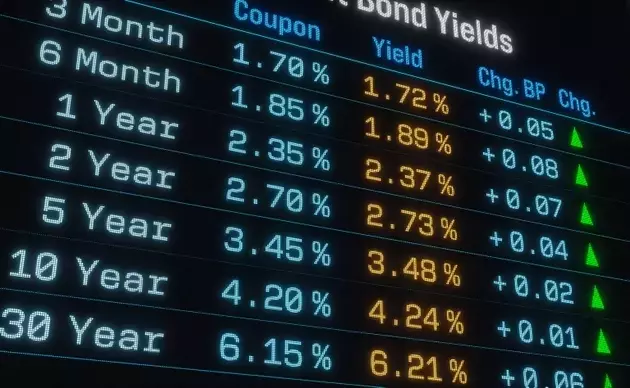
Navigating Volatility: Hartford Dynamic Bond Fund's Strategic Success
Q3 2025 Market Overview: A Period of Uncertainty and Positive Fixed-Income Returns
The third quarter of 2025 witnessed a notable period for the US fixed-income markets, delivering positive aggregate returns. This performance unfolded against a backdrop of considerable political uncertainty and ongoing concerns regarding fiscal sustainability. Despite these challenges, the market demonstrated resilience, reflecting investors' responses to evolving economic conditions and policy signals. The quarter also saw significant developments in international trade, with the US concluding new agreements with key global partners, including the European Union, the United Kingdom, and Japan, signaling efforts to reshape global economic relationships.
Fund Performance Highlights: Capitalizing on Yield Declines and Spread Compression
During the same quarter, the Hartford Dynamic Bond Fund (I Share) recorded favorable total returns. This positive outcome was largely attributable to a general decrease in bond yields and a tightening of credit spreads across various market segments. These movements created a conducive environment for bond valuations, allowing the fund to capture gains from its strategic positions. The fund's ability to adapt to these market shifts underscores its dynamic management approach, aiming to optimize returns amidst fluctuating economic indicators.
Monetary Policy Shifts: Federal Reserve's Response to Labor Market Risks
A pivotal factor influencing market dynamics was the Federal Reserve's decision to implement its first interest rate reduction of 2025. This action marked a significant pivot in monetary policy, indicating a renewed emphasis on mitigating risks within the labor market. The rate cut contributed directly to the decline in yields, which in turn supported the performance of fixed-income assets. This shift in the Fed's focus highlights the central bank's proactive stance in responding to economic vulnerabilities and its broader commitment to fostering a stable economic environment.
Diversified Credit Exposure: A Catalyst for Enhanced Returns
The fund's strategic exposure to a diverse array of credit instruments played a crucial role in its strong performance. Allocations spanning investment-grade credit, high-yield credit, and emerging market debt each contributed positively to the overall returns. This diversified approach allowed the fund to harness opportunities across different risk and reward profiles, demonstrating the benefits of a broad-based investment strategy in a complex market. The careful selection and weighting of these credit segments were key to generating alpha during the quarter.
Intermediate Investment-Grade Credit: A Core Strategic Pillar
Currently, the largest allocation within the fund is directed towards intermediate investment-grade credit. This segment is highly valued for its unique combination of duration, credit quality, and risk-return characteristics across various market scenarios. It provides a balance that aims to offer both capital preservation and growth potential, making it a cornerstone of the fund's investment strategy. The emphasis on intermediate investment-grade credit reflects a deliberate choice to target assets that can perform robustly in diverse economic climates, underpinning the fund's long-term objectives.
